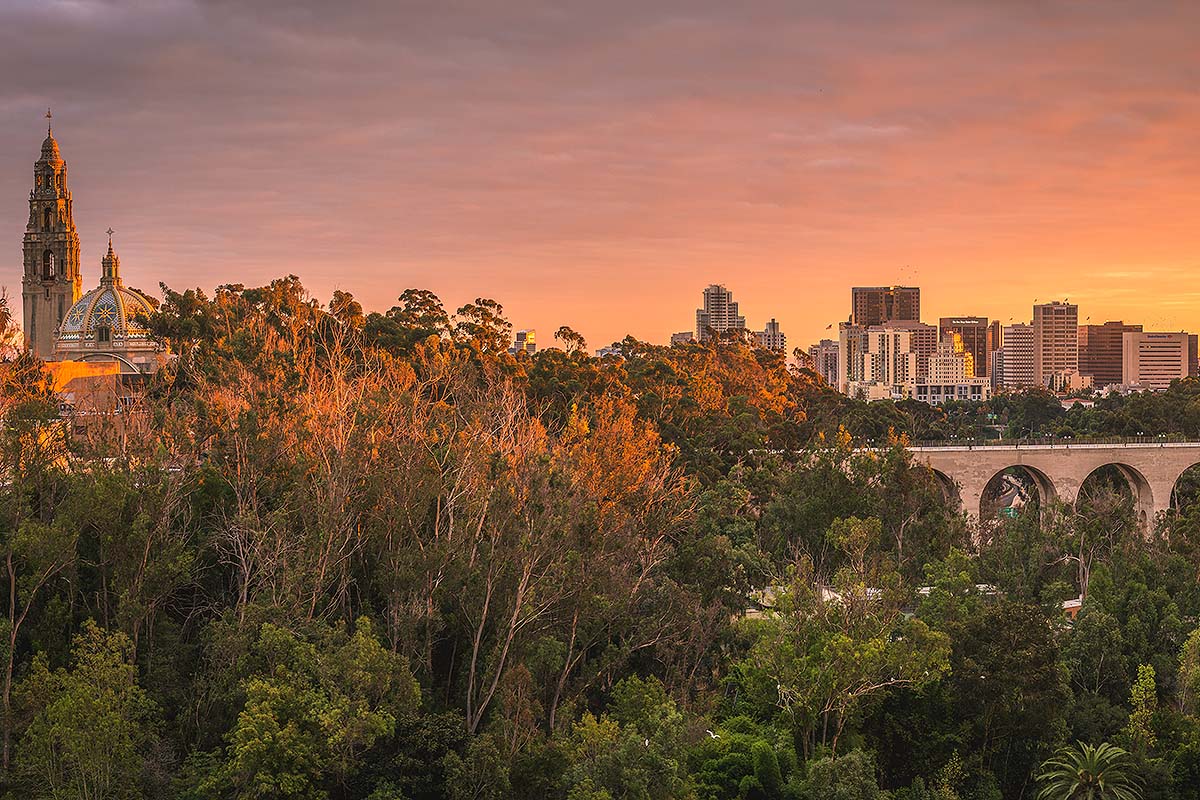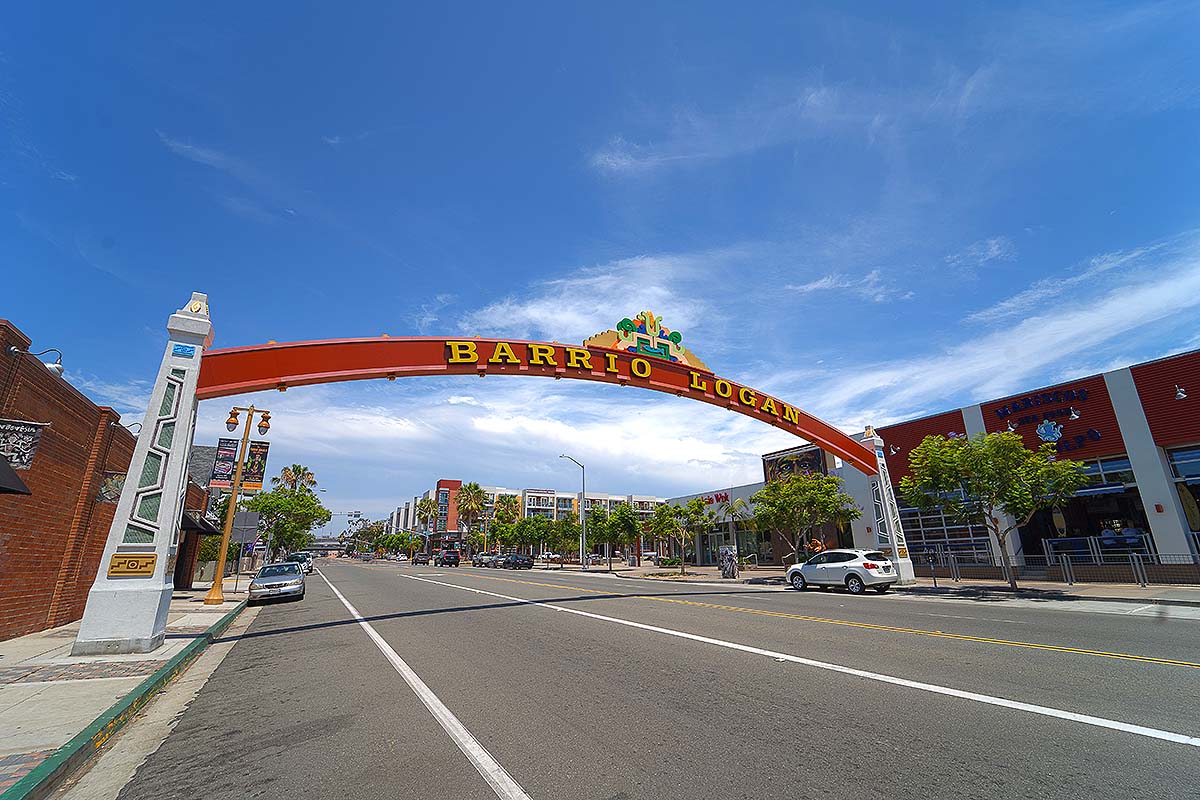Fun Facts About San Diego
San Diego, often called “America’s Finest City,” is a destination that offers an array of attractions that cater to diverse interests. Known for its idyllic weather and scenic beauty, this Southern California gem is home to world-renowned landmarks, cultural institutions, and unique neighborhoods that reflect its dynamic past and present. Let’s uncover some fascinating San Diego facts that reveal why this city continues to captivate millions of visitors each year.
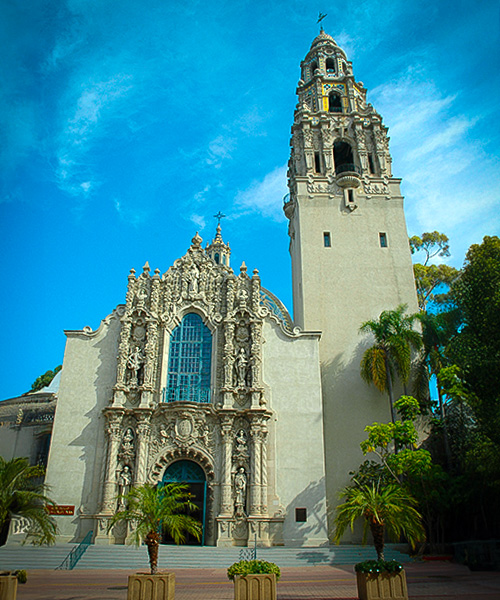
Birthplace of California
San Diego holds a special place in history as the birthplace of California. This title stems from its pivotal role as the site of California’s first permanent European settlement in 1769. Spanish colonists established the Presidio of San Diego and the Mission San Diego de Alcalá, which became the foundation for what is now the Golden State.
However, San Diego’s story began long before European settlers arrived. The Kumeyaay people, the region’s original inhabitants, lived in harmony with the land for thousands of years. Their deep connection to the area is reflected in local traditions, art, and cultural preservation efforts. Today, visitors can explore exhibits and learn more about the Kumeyaay at places like the San Diego Museum of Us and other educational centers dedicated to celebrating their heritage.
Old Town San Diego is another vital link to the past and offers a rich glimpse into the lives of those who shaped early California. The Old Town San Diego State Historic Park features original and reconstructed adobe buildings, museums, and live demonstrations that bring history to life.
The Gesture of Japanese Friendship: Japanese Friendship Garden
Within the iconic Balboa Park lies the serene Japanese Friendship Garden, a living symbol of the enduring bond between San Diego and Yokohama, Japan. This garden was established to honor the sister-city relationship between these two coastal cities and serves as a peaceful haven where visitors can experience the art of traditional Japanese landscaping.
Spanning 12 lush acres, the garden features an array of meticulously designed elements, including koi ponds, waterfalls, bonsai trees and traditional pagodas. The pathways wind through tranquil settings, leading guests to discover the beauty of cherry blossoms in bloom, stone arrangements and teahouses.
Throughout the year, the Japanese Friendship Garden hosts a variety of events, such as tea ceremonies, ikebana (flower arrangement) workshops and cultural festivals celebrating Japanese traditions. These events not only offer hands-on learning opportunities but also deepen the connection between visitors and the shared history of San Diego and Yokohama.
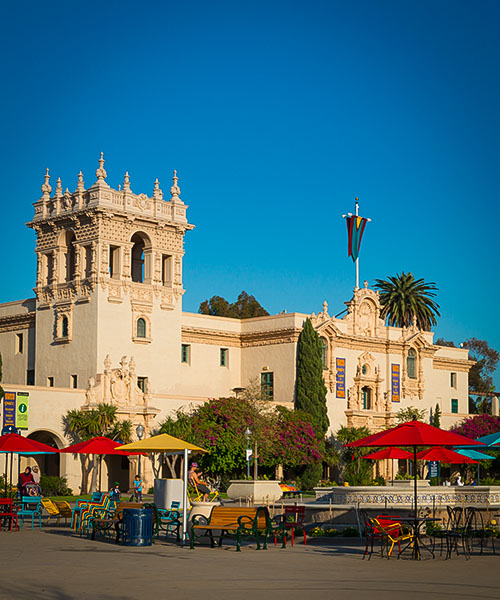
A Park Bigger Than New York City’s Central Park: Balboa Park
Balboa Park is a San Diego treasure, renowned for its size and variety of attractions. Another fun San Diego fact is that the park, spanning over 1,200 acres, surpasses even New York City’s Central Park in area. Balboa Park is home to over 250,000 trees, including rare species, and 14 lush gardens that reflect both local and international influences.
This cultural and recreational hub houses the world-famous San Diego Zoo, which is not only a sanctuary for wildlife but also an official botanical garden with hundreds of thousands of plant species. Visitors can enjoy seven distinctive museums that cater to diverse interests, such as art, history, and science. The park also features The Old Globe theater, a beloved venue inspired by Shakespeare’s original theater, where live performances continue to captivate audiences year-round.
One of the park’s unique highlights is the 1910 Herschell-Spillman carousel, a historic gem with hand-carved animals that still charm riders today. Balboa Park even inspired a song by Bruce Springsteen, further cementing its cultural significance. Located just north of downtown, the park is a must-see destination for those seeking to explore San Diego facts in a setting that blends nature, history and creativity.
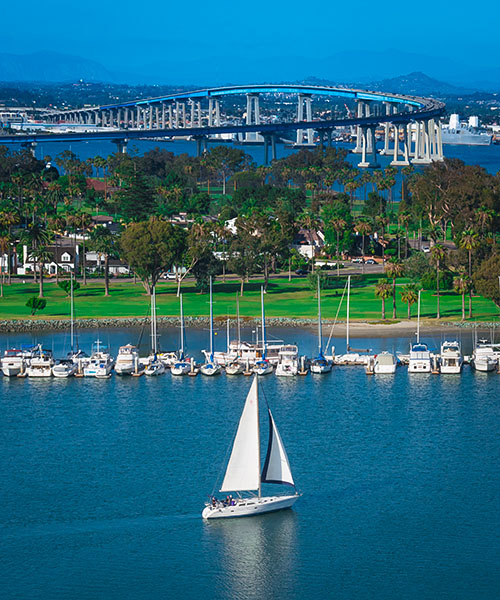
Bridges With Presidential Purpose
When the Coronado Bridge opened in 1969, then-Governor Ronald Reagan was the first to cross its elegant curve, marking the beginning of its role as an iconic feature of the San Diego skyline.
Stretching over 2 miles across San Diego Bay, the bridge offers drivers and pedestrians breathtaking views of the water and cityscape. Its striking blue design and sweeping arc make it a favorite subject for photographers and a recognizable symbol of the region. Beyond its practical use, the Coronado Bridge has become a cultural icon, featured in films, television and artwork.
Home to Comic-Con International
San Diego is synonymous with creativity and pop culture, thanks in large part to Comic-Con International. Each July, the city becomes a global hub for fans of comics, movies, TV shows and gaming. Held at the sprawling San Diego Convention Center, this event attracts over 130,000 attendees annually, making it one of the largest celebrations of its kind in the world.
Comic-Con started in 1970 as a modest gathering of 100 comic book enthusiasts but has since evolved into an unparalleled showcase of imagination and storytelling. The event features star-studded panels, sneak previews of upcoming films and series, and opportunities to meet the creators behind popular works. Elaborate costumes and interactive exhibits add to the immersive experience, drawing fans from around the globe
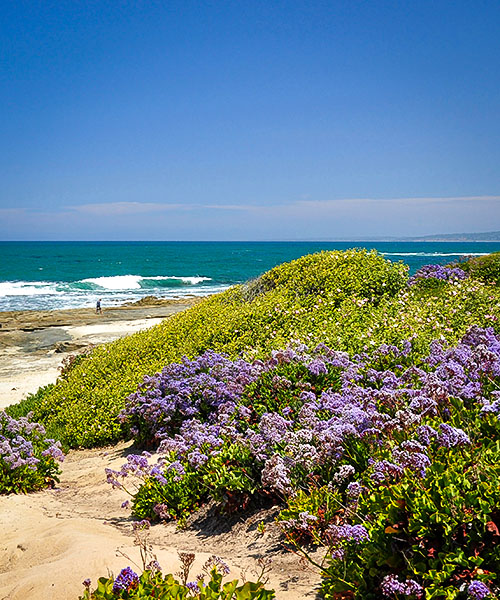
The City Is a Plant Paradise
A botanical San Diego fact is that the city is a haven for plant enthusiasts and conversation. The city’s natural preserves, including canyons and coastal bluffs, are home to unique vegetation. Among these is the endangered Torrey pine, a tree so rare that it grows in only two locations: Santa Rosa Island and the Torrey Pines State Natural Reserve in San Diego County. This reserve offers hiking trails that meander through groves of these majestic trees, providing stunning views of the Pacific Ocean and a chance to connect with nature. San Diego’s commitment to conservation is evident in its many gardens, parks, and reserves, which protect its ecological heritage.
The 25th Street Bridge: A Musical Instrument
Among the many public art installations in San Diego, the 25th Street Bridge stands out for its unexpected musical twist. Known as the “Crab Carillon,” this pedestrian bridge produces palindromic music — meaning the melody sounds the same whether played from one end or the other. The chimes lining the bridge’s rails invite passersby to create rhythmic sounds using sticks as they walk along the path.
This interactive art piece is both playful and intriguing. The combination of chiming echoes and the ambient noise from the traffic creates a unique auditory experience. The bridge showcases San Diego’s commitment to blending art and community spaces.
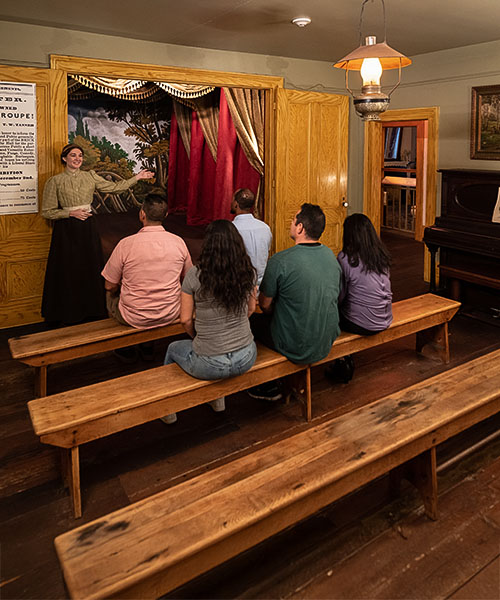
Whaley House Museum: "The Country’s Most Haunted House"
San Diego is no stranger to ghost stories, and the Whaley HouseSM Museum in Old Town takes the crown as its most notorious haunted site. Referred to by The Travel Channel as “the country’s most haunted house,” this historic landmark has captivated visitors with tales of ghostly encounters since its opening as a museum in 1960.
Built in 1857, the house was once the residence of the Whaley family and later served as a general store, courtroom, and even a theater. Its varied history is said to contribute to the eerie phenomena reported by visitors, including unexplained footsteps, shadowy figures and mysterious voices. These legends have been featured in numerous TV shows and publications, solidifying the Whaley HouseSM as a must-visit for anyone intrigued by the paranormal.
The museum offers guided tours where visitors can learn about the history of the house and its ghostly reputation.
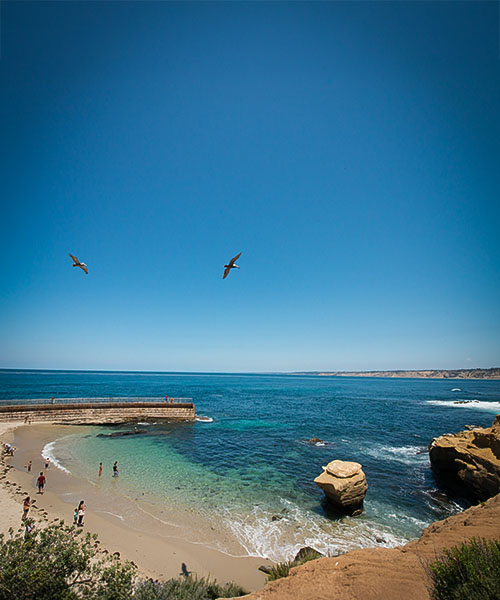
Colony of Harbor Seals on Children’s Pool Beach
La Jolla’s Children’s Pool Beach has become a haven for harbor seals, making it one of San Diego’s most intriguing marine life attractions. Since the mid-1990s, the seals have claimed the beach as their own, transforming it into a protected habitat. While swimming is no longer permitted due to pollution caused by seal waste, the area offers a unique opportunity for visitors to observe these animals up close in their natural environment.
The beach is a popular spot for wildlife enthusiasts and photographers, who come to capture the seals lounging on the sand or swimming just offshore. For a broader view of the harbor and the chance to see seals in action, consider taking a San Diego SEAL TourSM. This amphibious vehicle tour combines sightseeing on land and water, providing a memorable perspective on the area’s marine life.
San Diego: The King of Farms
San Diego boasts an impressive agricultural legacy, with over 7,000 farms spread across its landscape. The city leads the nation in avocado production, earning its reputation as the go-to destination for fresh guacamole lovers. In addition to avocados, San Diego’s farms cultivate coffee, passion fruit and a variety of citrus fruits, making it one of the most agriculturally diverse areas in the country.
Many of the city’s farms emphasize organic and eco-friendly practices, ensuring that the produce remains as wholesome as it is delicious. Visitors can explore farm tours, farmers markets, and agricultural festivals throughout the year, where they can sample local flavors and learn about the region’s farming traditions.
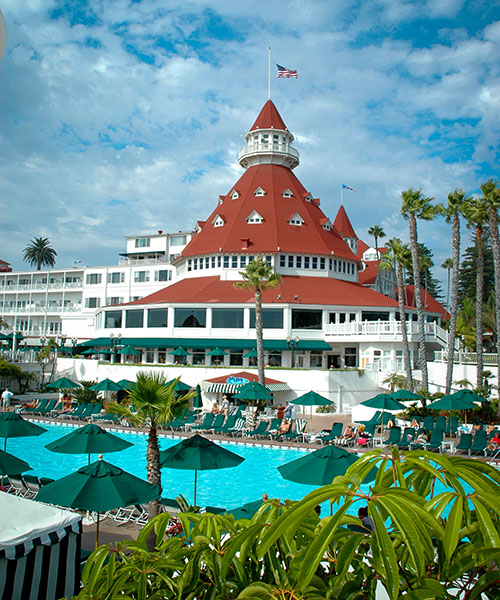
Coronado Island: A Tied Island
Coronado Island, one of San Diego’s most beloved destinations, carries a bit of a misnomer. One of the more unique San Diego facts is that while Coronado is commonly referred to as an “island,” it is actually connected to the mainland by a narrow strip of land known as the Silver Strand. This unique geographic feature gives Coronado the best of both worlds: the seclusion of an island and the convenience of easy access to Downtown San Diego.
Known for its stunning beaches and historic Hotel del Coronado, Coronado is a favorite for both relaxation and exploration. The Silver Strand itself offers scenic drives, bike paths, and beachside picnicking opportunities, making the journey to Coronado as enjoyable as the destination. Once there, visitors can explore boutique shops, waterfront dining, and cultural landmarks that reflect the charm of this picturesque community.
Visit the City Anytime: Idyllic Climate
San Diego’s reputation as a golden city is closely tied to its near-perfect climate. Whether you’re relaxing on one of its famous beaches, hiking along scenic trails or dining alfresco at a coastal eatery, the sunny skies and mild temperatures enhance every experience. With an average temperature hovering around 70°F and minimal rain, it’s no surprise that San Diego attracts visitors from around the globe looking for a getaway filled with sunshine and adventure.
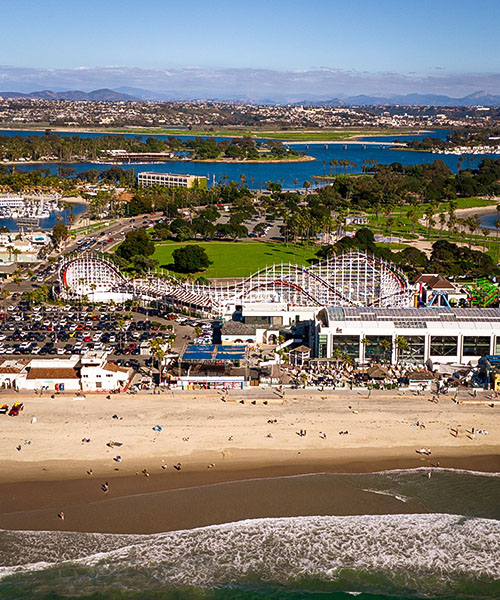
The Glory of the Giant Dipper
The Giant Dipper is a 94-year-old wooden roller coaster that has thrilled riders since 1925. Located in Belmont Park at Mission Beach, this iconic attraction stands as one of only two remaining wooden coasters on the West Coast.
One of the most charming San Diego facts is that this beloved attraction is listed on the National Register of Historic Places, making it a significant piece of San Diego’s cultural and recreational heritage. Over the decades, it has been carefully maintained to preserve its original charm while ensuring the safety of modern riders. For roller coaster enthusiasts, the chance to ride this historic treasure is a highlight of any visit to San Diego.
No Snow for a Long Time
There are a “flurry” of San Diego facts about weather, but did you know San Diego’s warm coastal climate has kept snowfall almost entirely at bay? In fact, snow is so rare in the city that it has occurred only five times in the past 150 years. The last notable snowfall was in 1967, and even then, it was light enough to melt almost immediately.
While nearby mountain areas like Julian and Mount Laguna experience snow in winter, San Diego itself remains a snow-free zone. This unique weather pattern allows residents and visitors to enjoy outdoor activities without interruption, even during the colder months.
The California Burrito Originated in San Diego
The California burrito, a culinary delight that has gained international fame, traces its roots back to San Diego. This hearty creation combines tender carne asada, crispy French fries, and a blend of flavorful toppings wrapped in a soft tortilla. While you can now find California burritos on menus around the world, the dish was born in San Diego, where its popularity quickly spread.
El Indio Mexican Restaurant, located near Mission Hills, is often credited with pioneering this iconic dish. Founded in 1940, the restaurant became a local favorite for its authentic flavors and inventive approach to Mexican cuisine.
Conclusion
San Diego offers a unique tapestry of experiences that cater to every interest. Whether you’re savoring a California burrito, marveling at the Giant Dipper or basking in the endless sunshine, the city’s charm is undeniable.
As you explore its landmarks, meet its vibrant communities and uncover fascinating San Diego facts, you’ll find a welcoming spirit, rich history and unforgettable sights that ensure you’ll always want to return.
FAQs
What is San Diego most known for?
San Diego is renowned for its stunning coastline, idyllic weather and diverse attractions. The city is home to iconic landmarks like Balboa Park, the San Diego Zoo, and the historic USS Midway Museum. Its reputation as a hub for innovation and culture is further enhanced by events like Comic-Con International and its thriving food scene.
What are some fun facts about San Diego?
There are plenty of fun San Diego facts that showcase its uniqueness. For example, it’s the birthplace of California and the home of the California burrito. The city also boasts over 7,000 farms, making it the top producer of avocados in the U.S. Additionally, San Diego’s Coronado Bridge holds a special place in history, as it was first crossed by Ronald Reagan upon its opening in 1969.
What is the best time to visit San Diego?
Thanks to its consistent weather, San Diego is a year-round destination. The city enjoys mild temperatures averaging around 70°F, making outdoor activities pleasant no matter the season. Spring and fall are particularly popular for their slightly cooler temperatures and fewer crowds, while summer is ideal for beachgoers and festivals. Winter visitors can still enjoy the city’s many attractions without worrying about snow or freezing weather.
